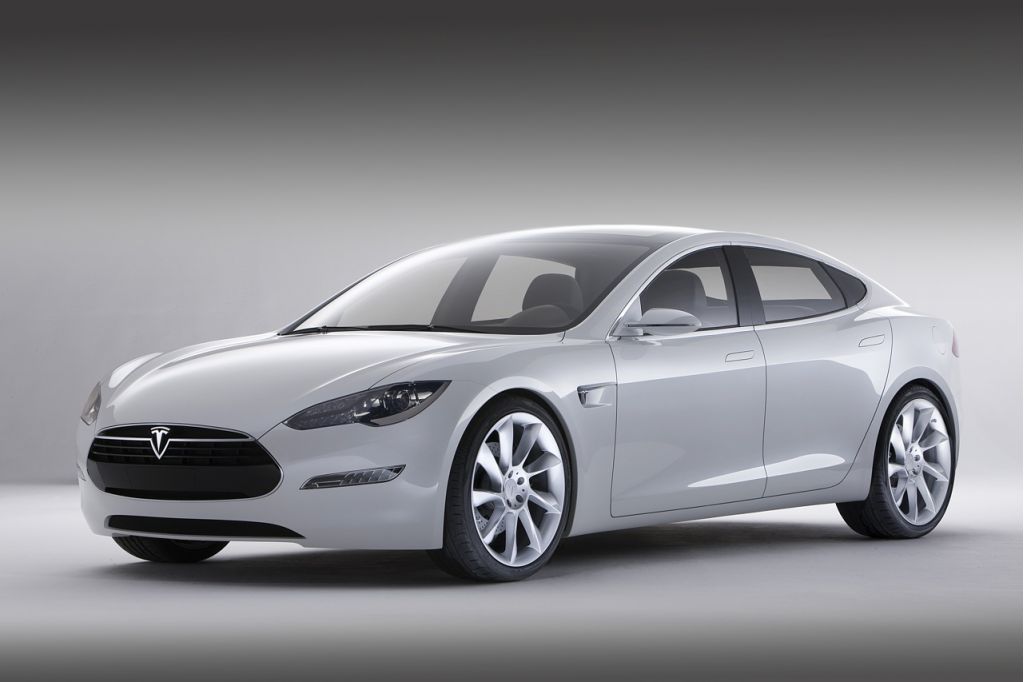
2010 Tesla Model S
Green-car fans eagerly followed today's launch of the Tesla Model S four-door electric sedan. Jalopnik kicked off coverage with photos of the handsome concept, taken from Digg cofounder Kevin Rose's Flickr account, and we just posted a quick rundown of the Tesla Model S specs.
Their story posed the question: Is the Model S real, or is it vaporware? We think we have an answer.
Two points to ponder: First, it costs billions of dollars to design, prototype, test, and certify a brand-new car entirely from scratch. Global Insight analyst Aaron Bragman points out "it can cost an established automaker well over a billion to develop a new platform, if they already HAVE a plant, infrastructure, test facilities, skilled engineers, etc."
Second, Tesla CEO Elon Musk nonetheless swears the company is going to do just that. In 30 months, no less. He told Jalopnik and others the platform is Tesla's own design, and they plan on manufacturing it themselves. The first cars, he says, will roll off the line in two and a half years, with annual production of 20,000 units a year after that.
The real question becomes: Where will Tesla get the funds to build the Model S both quickly and well? Trying to squeak through on a mere $100 million or so poses a huge risk, since the Model S won't be competing with low-end cars. It's up against some of the world's nicest, most desirable sports sedans.
To go head to head with, say, the BMW 5-Series and the Mercedes-Benz CLS, the Model S has to be really good. In other words, it has to include such random niceties as storage space and be completely lacking in squeaks, creaks, and rattles. The Tesla Roadster we recently tested didn't do too well on either count.
(And remember that Roadster wasn't developed from scratch; it's based on the basic platform and many components of the Lotus Elise. It took Tesla five years to reach steady Roadster production, in an existing plant that was already being run by Lotus.)
Even if Tesla can get 5,000 buyers--say, half of their first year's worth of customers--to front them $50,000 each, that gets them only $250 million. Then there are the Feds. To quote coverage of the launch event: Tesla Motors' best-case financial scenario will involve ... Federal funding to help defray startup and facility costs.
Actually, in November, Tesla applied for $400 million in funds from the Advanced Technology Vehicle Manufacturing program, broken into $250 million for the manufacturing plant plus $150 million for an advanced battery and powertrain facility. In both cases, those funds must be used to refurbish facilities that are at least 20 years old.
So possibly Tesla could fund the Model S if they get (a) all of the Federal funds they've asked for, plus (b) a significant two-year loan in the form of advance deposits for the purchase price, as they did for the Roadster, and then (c) more capital from Musk and the company's venture backers.
But even if Federal funding does not pan out, Musk emphasizes that the Model S "WILL come to market."
Well, we'll see.

2010 Tesla Model S
[SOURCE: Jalopnik]













